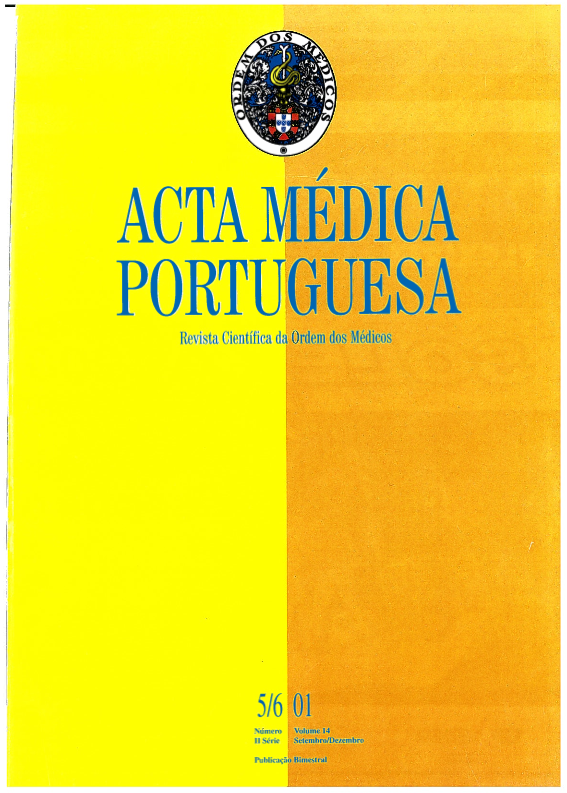Asymptomatic hepatitis induced by propylthiouracil.
DOI:
https://doi.org/10.20344/amp.1885Abstract
Propylthiouracil (PTU) is widely used to treat patients with hyperthyroidism. In rare cases this drug has been found to have toxic effects on the liver. We describe the second assymptomatic case, reported in the literature, of PTU induced hepatotoxicity. Sixteen cases have been published so far, all with clinical manifestations. A 20-year-old female patient developed an elevation of AST, ALT and GGT levels after 5 months of PTU (50 mg tid) therapy for Graves disease with hyperthyroidism. The patient showed normal levels of liver aminotransferases before starting PTU. She had no risk factors for or clinical evidence of pre-existing liver disease. She didn't take any regular medication. After stopping PTU, the plasma levels of hepatic enzymes normalised within 6 weeks. Thirteen days after the reinstitution of PTU (150 mg tid), because of the recurrence of hyperthyroidism, another episode of assymptomatic hepatotoxicity was documented. AST, ALT, GGT and AP levels rose again, but bilirrubin levels remained normal, which represents a very unusual laboratory constellation in this kind of patient. The serology for hepatitis A, B, C and for EBV and CMV was negative. After stopping PTU, methimazole (MMI) was started and the liver enzymes normalised within two weeks. After 12 months of MMI therapy, the patient is assymptomatic, with normal liver enzyme levels and normal thyroid function tests. This case is the second to be described where the diagnosis was confirmed by the rechallenge of PTU, being this a major diagnostic criteria. Despite its rarity the disease should be suspected in any patient receiving PTU in whom clinical or laboratorial evidence of hepatocellular injury develops. The drug should be discontinued immediately when the hepatic injury is detected. Recovery is usually complete after the withdrawal of the drug, but there were al least, three fatalities among the 17 cases described.Downloads
Downloads
How to Cite
Issue
Section
License
All the articles published in the AMP are open access and comply with the requirements of funding agencies or academic institutions. The AMP is governed by the terms of the Creative Commons ‘Attribution – Non-Commercial Use - (CC-BY-NC)’ license, regarding the use by third parties.
It is the author’s responsibility to obtain approval for the reproduction of figures, tables, etc. from other publications.
Upon acceptance of an article for publication, the authors will be asked to complete the ICMJE “Copyright Liability and Copyright Sharing Statement “(http://www.actamedicaportuguesa.com/info/AMP-NormasPublicacao.pdf) and the “Declaration of Potential Conflicts of Interest” (http:// www.icmje.org/conflicts-of-interest). An e-mail will be sent to the corresponding author to acknowledge receipt of the manuscript.
After publication, the authors are authorised to make their articles available in repositories of their institutions of origin, as long as they always mention where they were published and according to the Creative Commons license.









